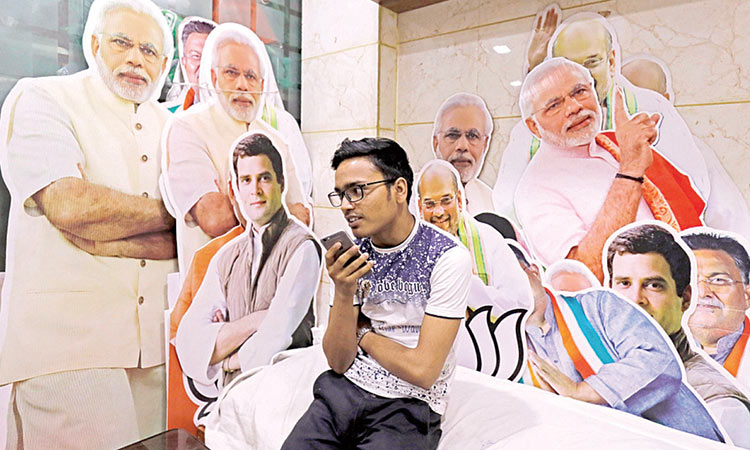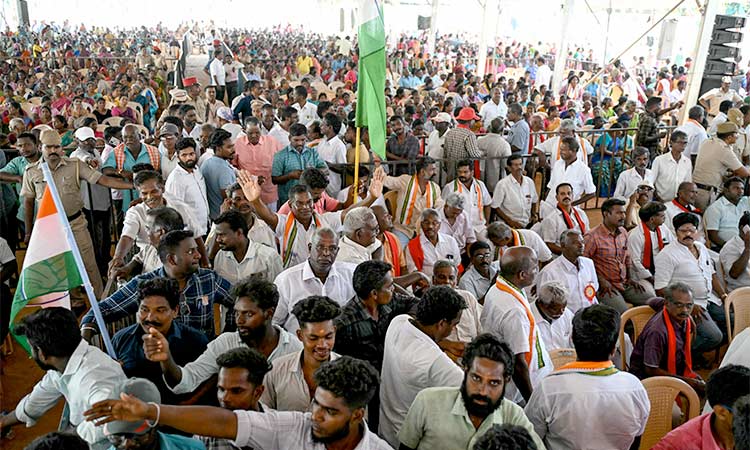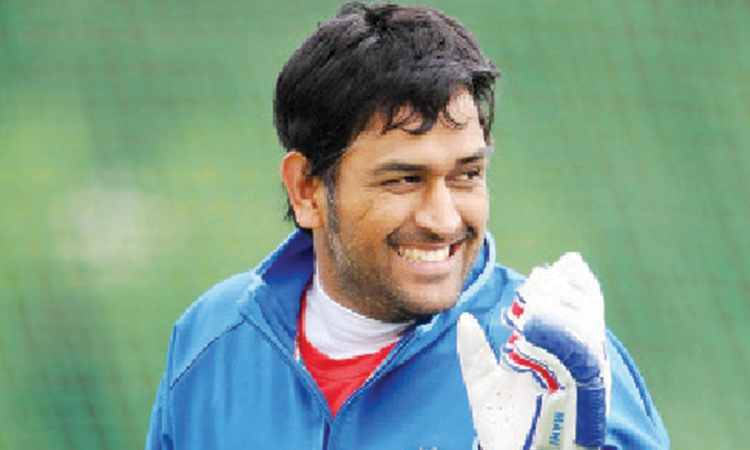Indian poll dates declared, carnival set to unfold

The photo has been used for illustrative purposes.
The total number of voters stands at a whopping 968.8 million, which exceeds the combined population of the United States and the European Union (EU). There has been an increase in the number of voters of 72.8 million over the last general election held in 2019. The total number of seats of the Lok Sabha is 543. This is part of the reason that the election will be held in seven phases, starting on April 19 and ending on June 1.
The counting will start on June 4 and it is to be completed by June 6. The commission has set up 10,48,202 polling booths. And there will be 55,00,000 electronic voting machines (EVMs) in use. Given India’s size, the numbers in every aspect are huge, and it needs an elaborate machinery to conduct the national election. The Election Commission literally takes charge of the government machinery in the country. The district and state officials will be reporting to the commission during the seven phases of the election.
The Model Code of Conduct comes into effect from March 16 till the last day of the election on June 1, and it prohibits the political parties and politicians from using ‘hate speech’, attacking rivals at the personal level. It demands that campaign speeches are couched in polite language. This is apart from the other rules about indulging in violence and misuse of money power. Though the argument is that the Model Code of Conduct is honoured more in breach, the fact is that the code does act as a restraint on all, and it sets up an ideal of good behaviour. It serves as a benchmark which is a good thing in itself.
Among the many countries going to election this year, and it is reckoned that it is election time in about 60 countries across, the Indian national election stands out because of its sheer size. The other election that is of interest this year is the United States’ presidential election. Between the two, the Indian elections is much more diverse and much colourful because of India’s cultural and political diversity. The parties that count at the national level might just be two, the ruling Bhartiya Janata Party (BJP) led by Prime Minister Narendra Modi, and the grand old party of India, the Indian National Congress (INC) led by Rahul Gandhi. But there are at least half-a-dozen regional parties that hold their own, and it makes a multi-polar contest in many places in the country. Whatever the outcome, the elections are held in a systematic, rule-bound manner, and that is considered a democratic miracle. An Indian election is a literal political carnivals, and millions of people take a keen interest in the political outcome of the election.
The Election Commission, as well as the political parties, are keen that there should be greater participation. The commission has been conducting a vigorous voter awareness campaign, pulling in stars and celebrity singers from India’s glamorous cinema world. The voter participation in the last general election in 2019 was 67 per cent. The commission wants that there should be greater participation. The benchmark for high participation in the state elections is over 70 per cent.







